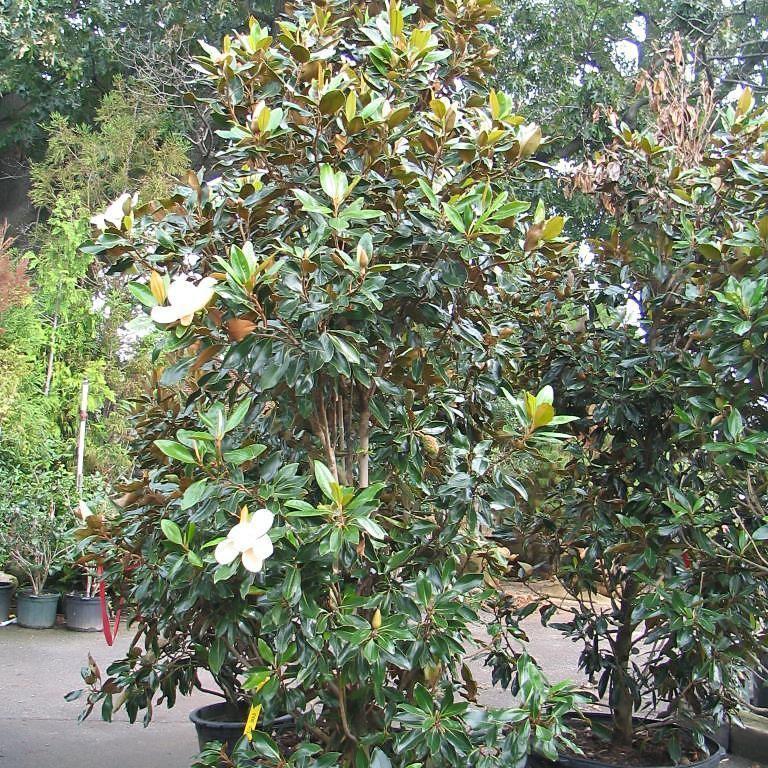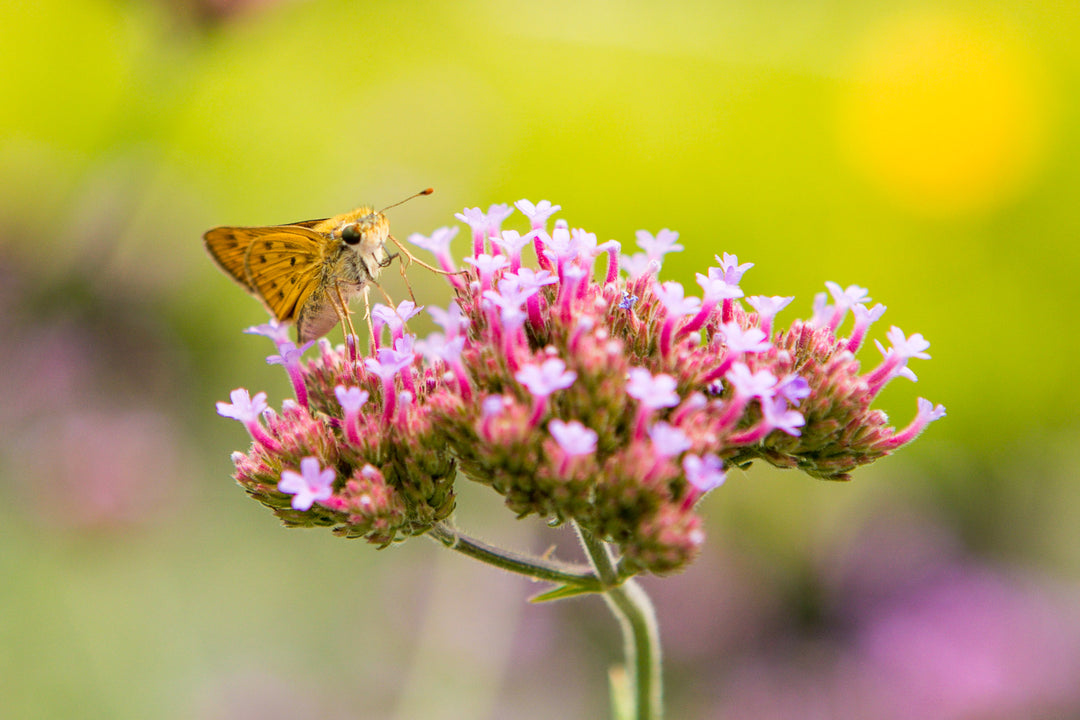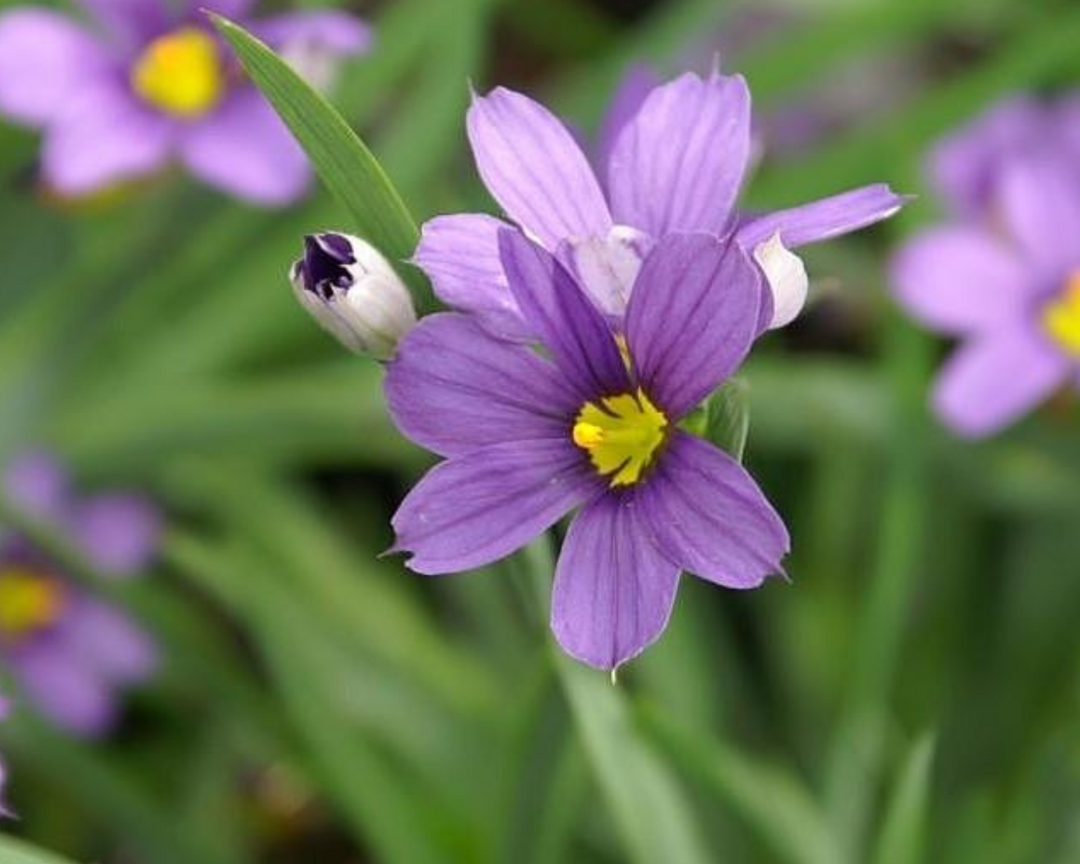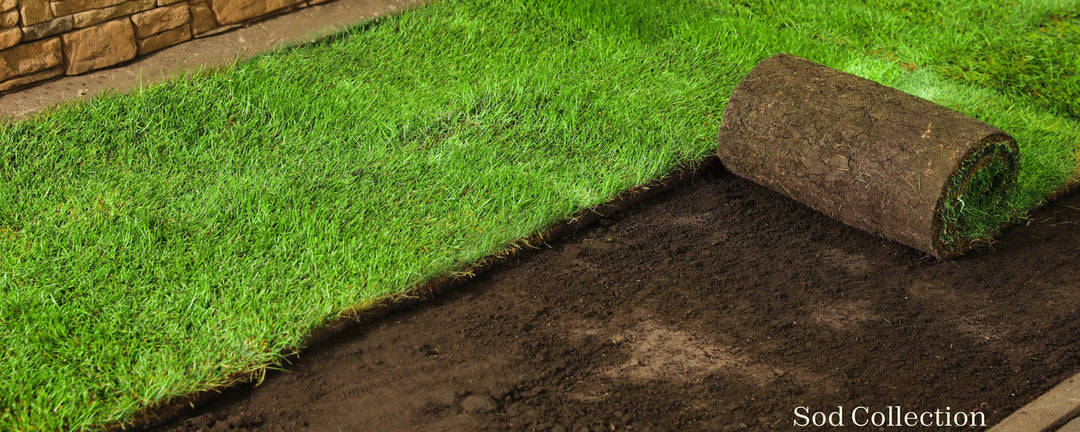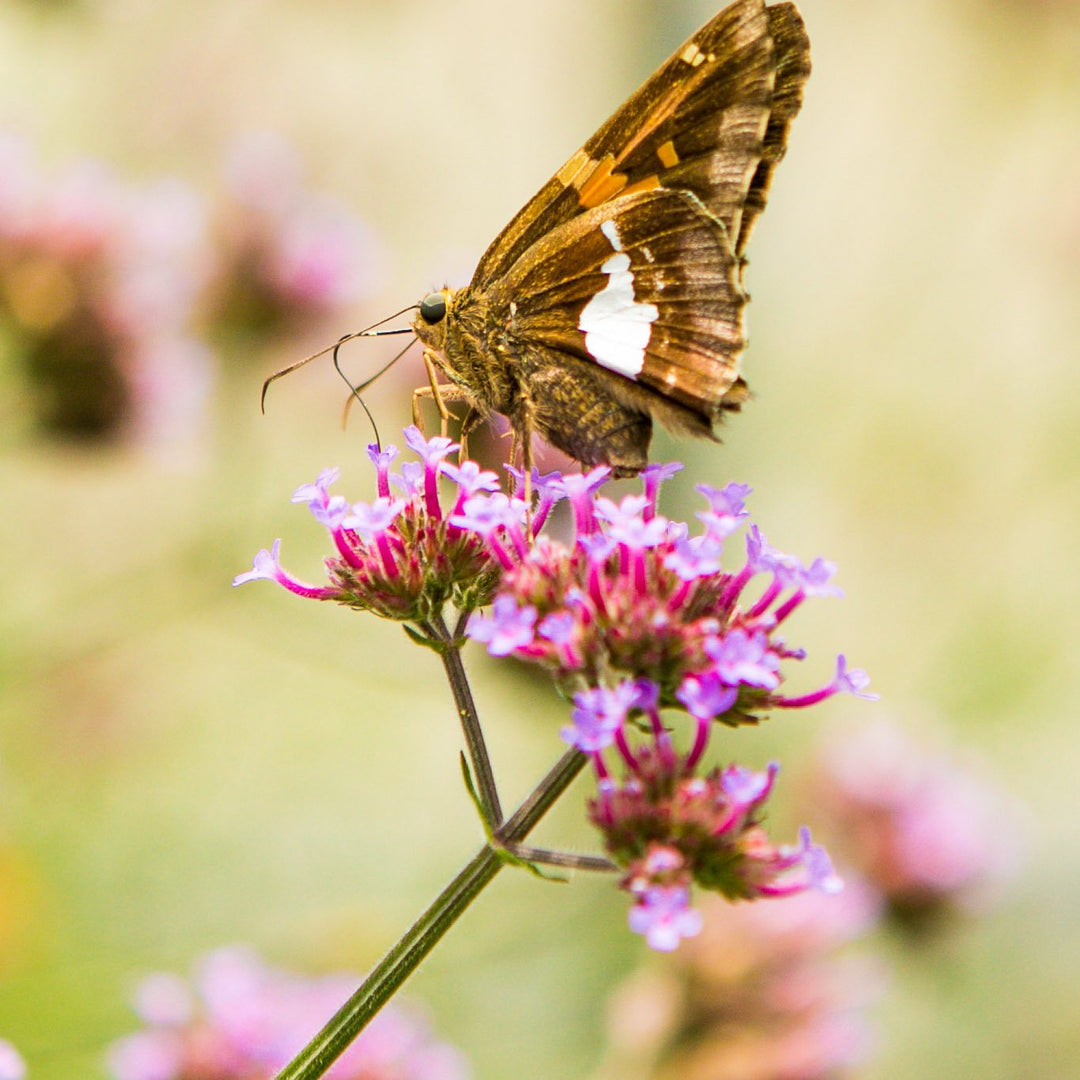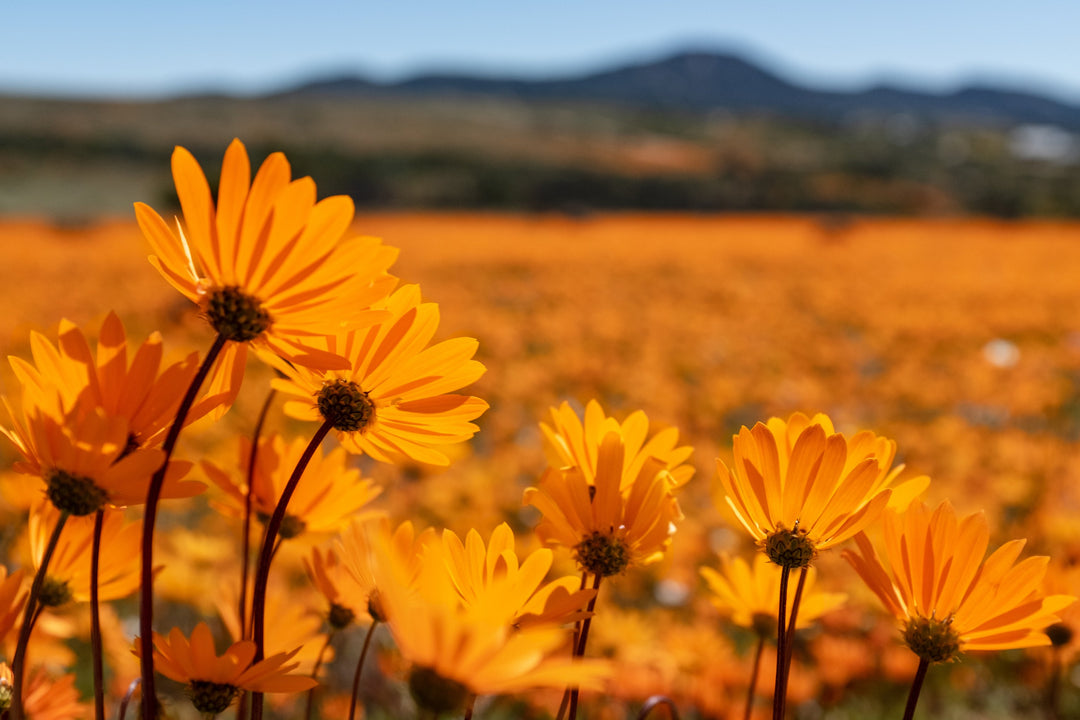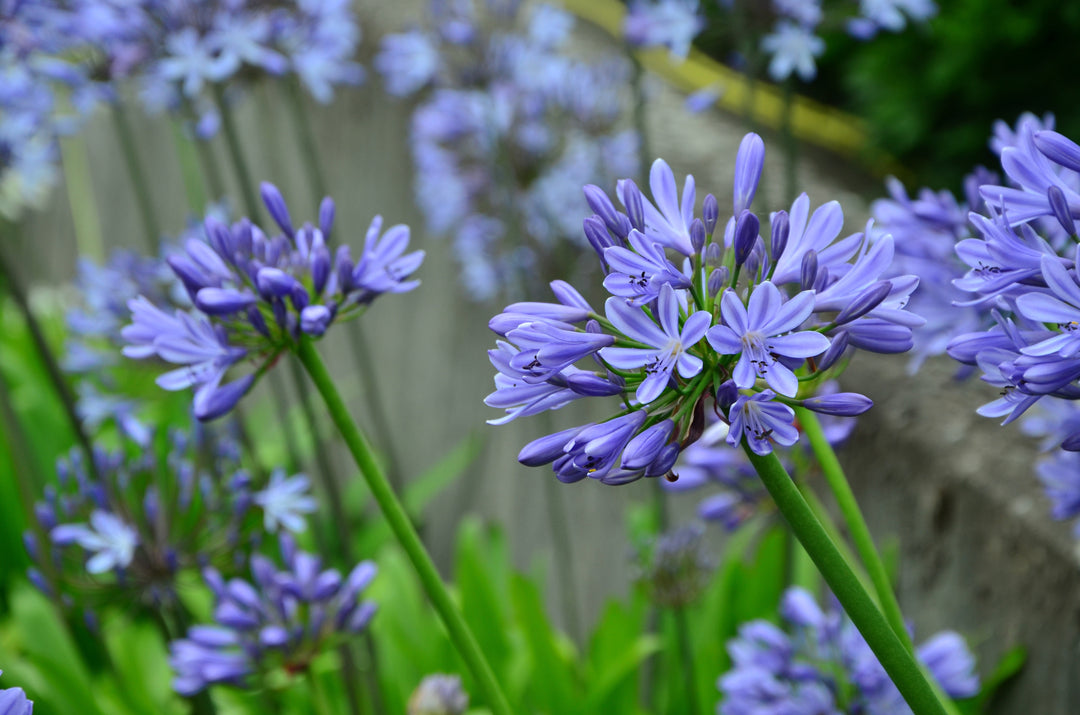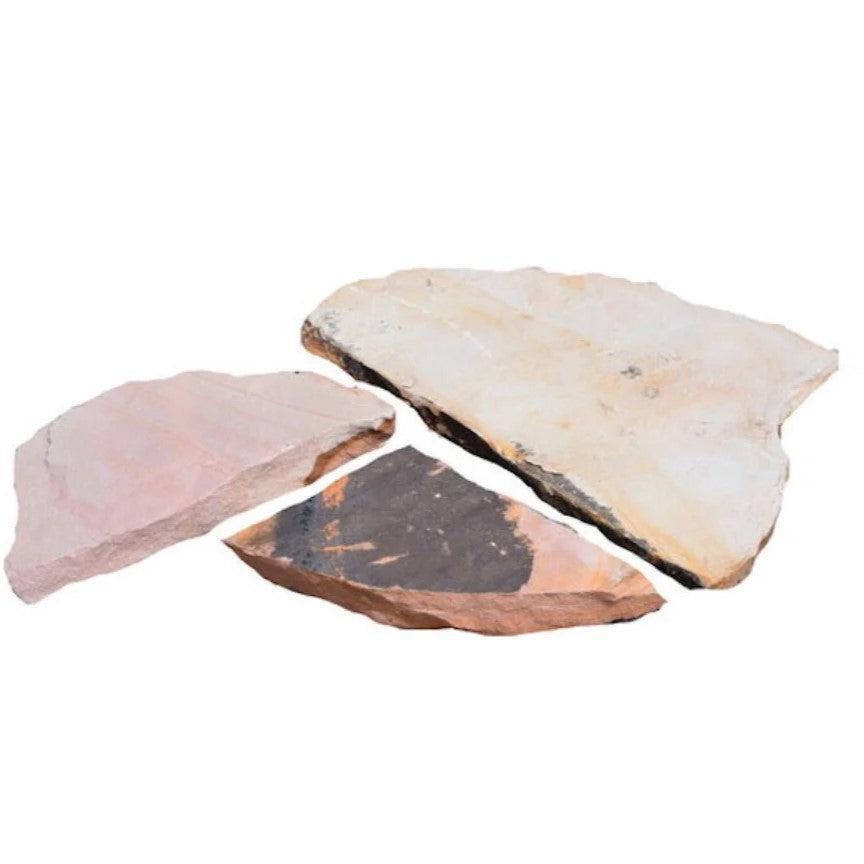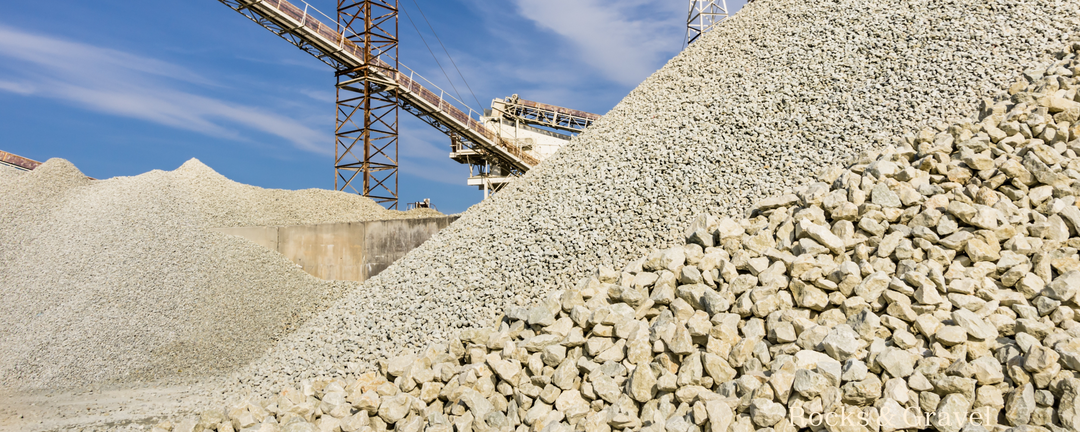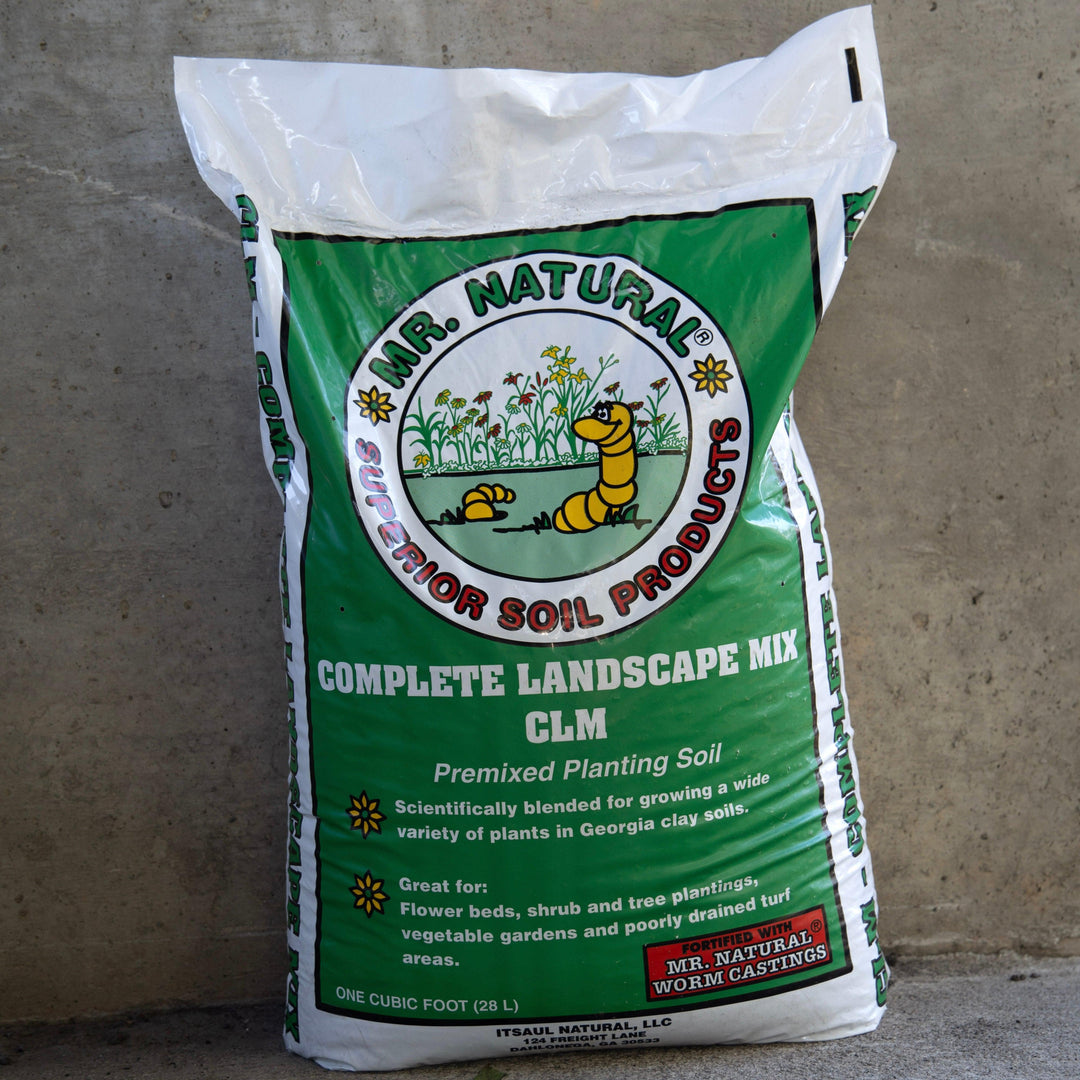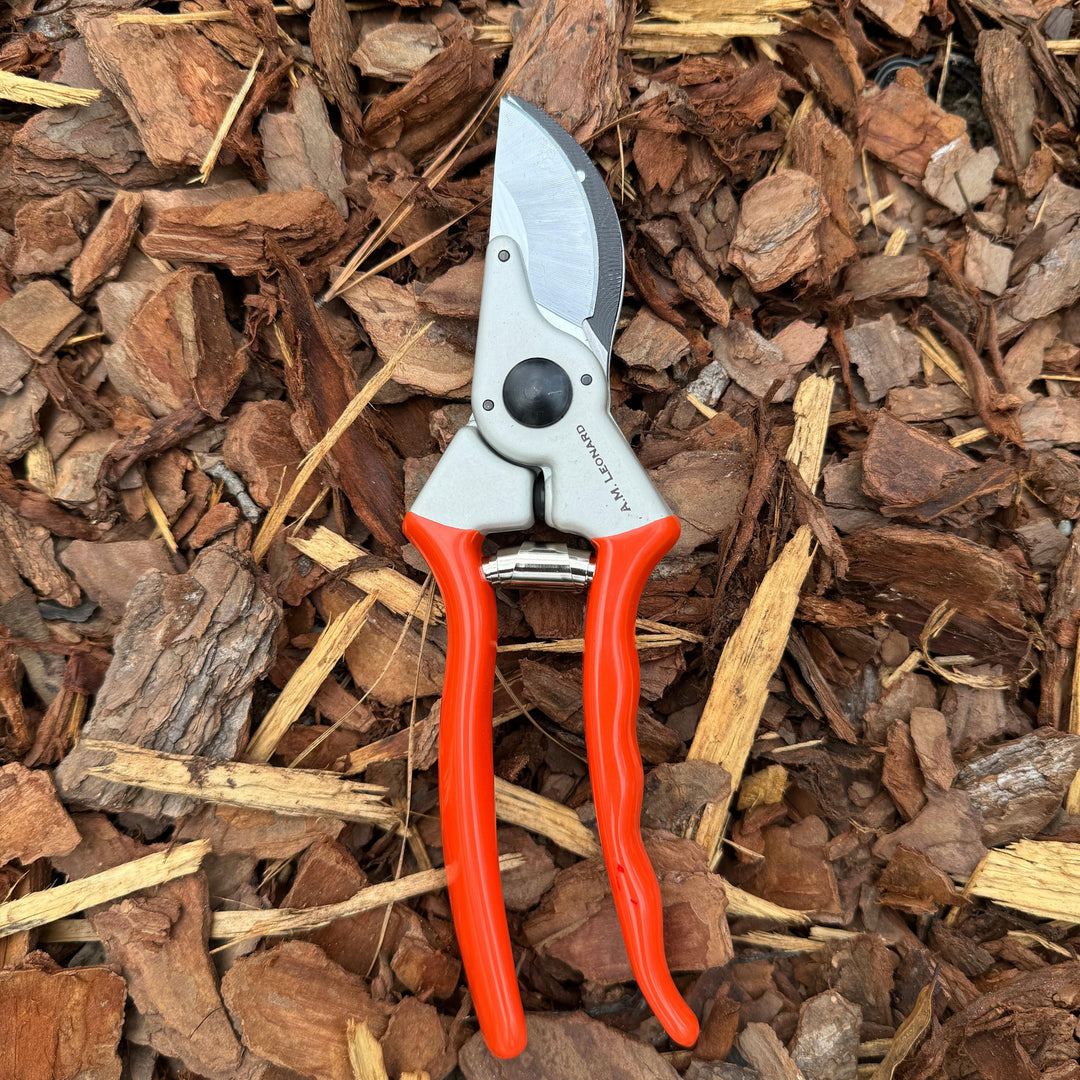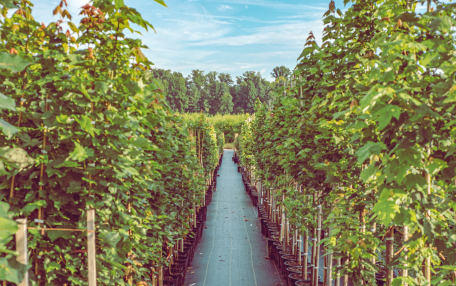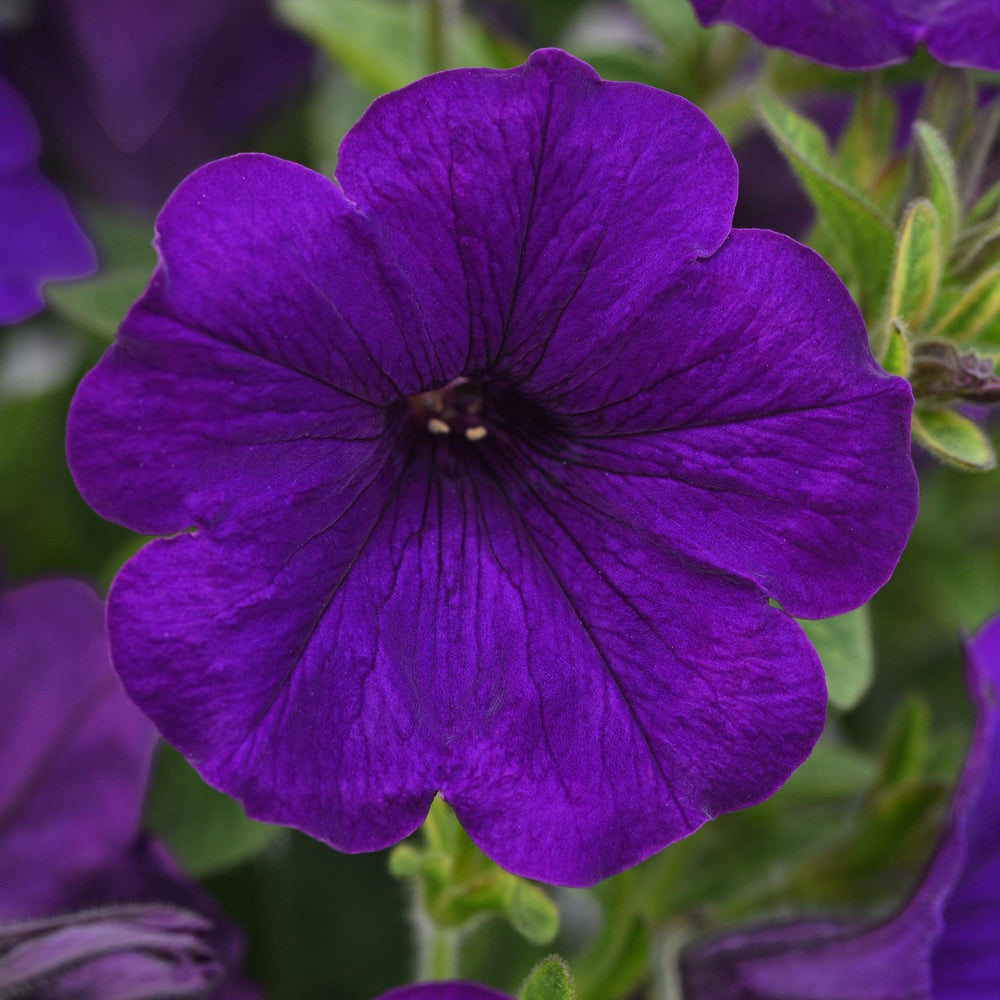Planting and Caring for Trees and Large Shrubs: A Complete Guide
Planting a tree or large shrub is an investment in your landscape’s future. Done properly, it rewards you with beauty, shade, habitat for wildlife, and even increased property value. However, improper planting and aftercare are among the most common reasons trees and shrubs fail to establish. Here's a guide to planting and caring for newly transplanted trees and large shrubs to ensure their long-term success.
How to Plant Trees and Large Shrubs
1. Choose the Right Site
-
Sunlight: Make sure the species matches the site's sun/shade conditions.
-
Space: Allow for the mature size of the tree or shrub.
-
Soil: Check drainage and amend if necessary. Few trees tolerate standing water.
2. Dig the Right Hole
-
Width: The planting hole should be 2–3 times wider than the root ball but only as deep as the root ball’s height.
-
Depth: Planting too deep is a common mistake. The root flare—the point where the trunk transitions to roots—should sit at or slightly above soil level.
3. Prepare the Root Ball
-
Container Plants: Loosen circling roots gently. If roots are very pot-bound, slice vertically in a few places to encourage outward growth.
-
Balled and Burlapped: Remove as much of the burlap, wire basket, and rope as possible without disturbing the root ball.
4. Plant and Backfill
-
Set the tree in the hole straight. Begin backfilling with the original soil (unless it's extremely poor) while lightly tamping down to remove air pockets. Water halfway through backfilling to help settle the soil.
5. Mulch Correctly
- Apply 2–4 inches of mulch around the tree but keep mulch 2–3 inches away from the trunk. "Volcano mulching" can cause rot and pest issues.
6. Staking (If Necessary)
- Stake only if the tree is top-heavy or in a very windy location, and remove stakes after the first growing season.
Watering and Care After Transplanting
Newly planted trees and shrubs need special attention during their first year.
Watering Schedule
-
First 1–2 Weeks: Water daily to keep the root ball moist, not saturated.
-
Weeks 3–12: Water 2–3 times per week, depending on weather and soil drainage.
-
After 3 Months: Water weekly until established (which can take one year per inch of trunk diameter).
How much to water: A general rule is 10–15 gallons per watering for small trees and 20–30 gallons for larger ones.
Quick-Reference Watering Chart
| Timeline | Frequency | Amount |
|---|---|---|
| First 1–2 weeks | Daily | 10–30 gallons per session |
| Weeks 3–12 | 2–3 times per week | 10–30 gallons per session |
| 3 months onward | Once per week | 10–30 gallons per session |
| First 12–18 months total | Adjust with rainfall, but maintain consistent soil moisture |
Tip: Always adjust for heavy rain events or extreme heat. Check soil moisture before watering to avoid overwatering.
Other Care Tips
-
Monitor Soil Moisture: Use a soil probe or stick your finger 2–3 inches into the soil. Water when dry.
-
No Fertilizer Yet: Avoid fertilizing at planting time. Fertilizers can stress new roots. Wait until the second growing season if necessary.
-
Protect the Trunk: Use guards if necessary to prevent damage from string trimmers, mowers, or wildlife.
-
Watch for Pests and Disease: Early detection and treatment can prevent serious issues.
-
Pruning: Only prune dead, damaged, or crossing branches. Structural pruning should wait until the second or third year after planting.
Signs Your Tree or Shrub Is Struggling
Even with care, transplanted trees may show signs of stress. Watch for:
-
Wilting even when watered
-
Leaf scorch (browning edges)
-
Leaf drop
-
Slow bud break in spring
If symptoms persist, reassess watering, check for drainage problems, and inspect for pests or disease.
Final Thoughts
Planting and establishing trees and large shrubs properly ensures they thrive for years to come. Thoughtful planting techniques, a consistent watering schedule, and gentle aftercare are key to helping your new additions settle into their new home. With a little attention up front, you’ll reap the rewards of a strong, beautiful landscape for decades.

